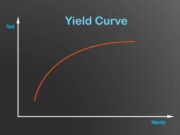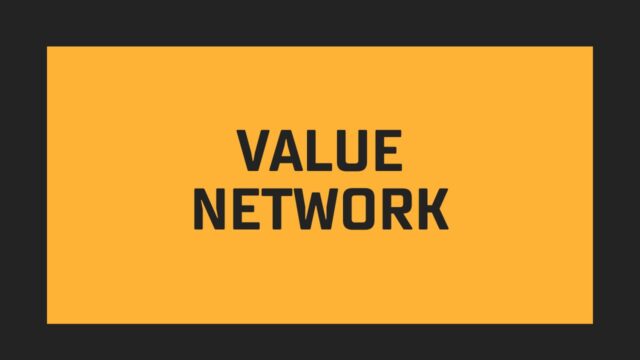Vanishing Premium Policy
What is 'Vanishing Premium Policy' A vanishing premium policy is a form of participating whole life insurance where the policyholder can use...
Vanguard Exchange-Traded Funds
What is 'Vanguard Exchange-Traded Funds' A class of ETFs offered by Vanguard and traded like any other share on the American Stock...
Value Network
Three Ways to Define a Value Network A value network is a graphical representation of social and technical resources. Each node represents people, roles, and...
Variable Survivorship Life Insurance
What is Variable Survivorship Life Insurance Variable survivorship life insurance is a type of permanent life insurance that pays a death benefit to the surviving...
Vancouver Stock Exchange (VAN) .V
What is 'Vancouver Stock Exchange (VAN) .V' A defunct stock exchange formerly located in Vancouver, British Columbia. A large number of small...
Value At Risk (VaR)
What is 'Value At Risk - VaR' Value at risk (VaR) is a statistical technique used to measure and quantify the level...
Variable Life Insurance Policy
What is a 'Variable Life Insurance Policy' A variable life insurance policy is a form of permanent life insurance. Variable life insurance provides...
Variable Rate Demand Note (VRDN)
What is 'Variable Rate Demand Note - VRDN' A debt instrument that represents borrowed funds that are payable on demand and accrue...
Value Stock
DefinitionValue investing is an investment paradigm which generally involves buying securities that appear underpriced by some form of fundamental analysis, though it has taken...
































